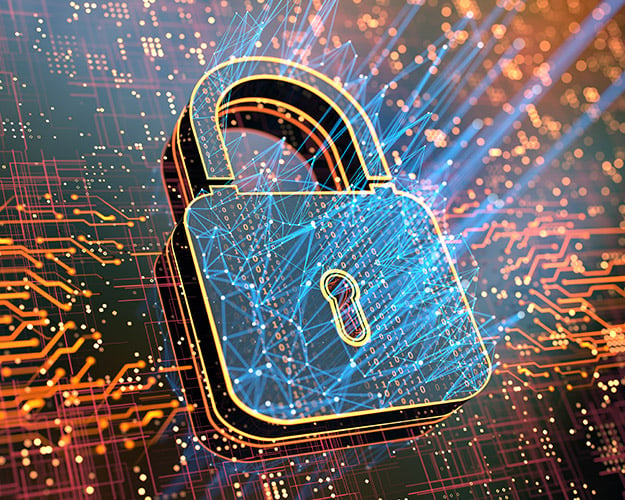Key Takeaways
- Cloud applications are just one piece of creating a hybrid- or remote-friendly workplace; these solutions must also be tied to larger cybersecurity initiatives to remain safe, stable, and secure.
- Having a proactive plan is the differentiator between a security incident and a security disaster.
- AI reduces the time window from initial compromise to disaster.
The quick shift to remote work during the pandemic led to a rise in cyberattacks across industries, revealing vulnerabilities for many organizations. Leaders at these organizations learned quickly that cloud applications are just one piece of creating a hybrid- or remote-friendly workplace; these solutions must also be tied to larger cybersecurity initiatives to remain safe, stable, and secure.
And with Gartner projecting that 75% of organizations with a hybrid work environment will soon see revenue growth 25% faster than their competitors, it’s more important than ever to have a definitive cloud security strategy.
The Current Cyber Landscape
The security landscape itself has not changed all that significantly; rather, the new work environment has highlighted bad practices that organizations have been living with for decades.
- 43% of business leaders polled do not feel confident in their ability to protect and or recover from ransomware.
One of the most important things for leaders to understand is the complexity involved in securing the digital workplace. The rapid acceleration of technology has also allowed an increase in sophisticated cybercrime. Bad actors often position themselves like other businesses, with marketing, HR, and internal customer support. This evolution of cybercrime has contributed to the rising costs of remediating an attack, with the average cyberattack now costing $4.45 million.
Preparing for an Incident
Recent reports from Arctic Wolf and IBM show that the majority of breaches are a result of malicious actors exploiting external vulnerabilities in environments and weak remote access configuration.
External Exposure
In external exposure, a known vulnerability or improperly secured remote access is exploited so malicious actors can compromise a publicly accessible system.
- External Exploit: 56%
- External exploits happen when a known vulnerability is used to gain access to a network before the system has been patched. External exploits often make headlines, like in the case of the Log4J, dubbed “the vulnerability of a decade.”
- External Remote Access: 24%
- Threat actors can use weakly secured or misconfigured remote access to use the internet to gain access to an internal system.
User Action
Users are often responsible for opening the door to threat actors through their own actions, like downloading a malicious document. This is a less reliable avenue of attack, since it is reliant upon specific users performing specific actions.
- Phishing Email: 11%
- Phishing is a social engineering attack in which malicious actors send emails that appear to be from a reputable source so the target will click a link or download an attachment that includes malware, or provide personal information such as passwords and banking credentials.
- Drive-By Attacks: 4%
- A drive-by attack can happen when a user unknowingly visits a malicious website. Malware can be downloaded and run on a computer without the user ever noticing.
- Social Engineering: 4%
- This happens when bad actors aim to earn the trust of their target to get access to an IT system or banking credentials. In one such scam, a malicious actor could act like IT personnel to trick an employee into sharing their credentials to gain access to the system.
Having a proactive plan is the differentiator between a security incident and a security disaster.
AI and Cybersecurity
Watch this video to learn more about the future of AI and cybersecurity.
Want to hear more? View the entire on-demand recording.
Securing Hybrid Work and Multi-Cloud
Managing security in a complex organizational environment requires an understanding of the entire digital infrastructure across your organization.
- Who has access to your cloud data and how do you control access?
- How do you protect your internet-accessible systems that are used to interact with your clients?
- What access do your business partners have into your systems and data?
The key to mitigating risk in your organization starts with a strategic cybersecurity plan. Assess the following areas of your organization:

Additionally, take our IT health assessment to help you gauge your current security risk and assess the overall health of your IT environment. Your results will include actionable steps you can take to make immediate improvements.
How an Advisor Can Help
Creating a comprehensive security strategy for cloud applications and understanding how the right technology can foster productivity and collaboration is vital for organizations to thrive in the digital age.
Whether you have a robust security team or no security team, an advisor can provide a comprehensive view across your organization to ensure you are operating in the most secure environment while getting the most value out of your systems.
Inspired Perspectives Webinar Series

Secure Cloud
Fuel a modern workplace on a secure and scalable foundation.

